Why should we be deaf aware?
As a teacher, you need to make reasonable adjustments for your students when they have an Educational Health and Care Plan (EHCP). This is usually communicated to you via your SEND coordinator and is for children with a special educational need or disability.
At the beginning of a new school year I was told that I would be teaching a deaf student and that the advice was to make sure that she sat at the front of the class. There wasn’t really much more support or guidance than that.
Obviously I followed the advice and sat the student at the front of the class, in clear sight of the board and right near my teaching desk. I thought that this was enough. After a few lessons of working with her I started to pick up on cues that she was not happy. I pride myself on building strong relationships with my students and something just wasn’t right.
Whilst the class was working I knelt by her desk and asked if everything was OK. She said ‘I’m fine’ and paused. I knew there was more that she had to say so I waited a few seconds to give her more time. Waiting doesn’t always work but in this situation thankfully it did!
‘Actually…When you played that YouTube video earlier I really struggled to focus on it. The sound was too loud and you didn’t use the captions’. I was mortified. I couldn’t believe that I hadn’t even thought to switch the captions on. I thought that making the video a little louder would be more helpful, I was totally naive to her needs. I was assuming what she needed rather than asking her. I felt dreadful and apologised immediately. I told her that I would always use the captions from now on and that I would discreetly check with her that the sound levels were appropriate for her needs.
Initiating the conversation was the first step to building a fantastic relationship with this student. I had enabled her to express her needs and I had listened and supported her. I had admitted my faults and I was eager to learn how to best support her going forward. This empowered her to speak up whenever I was doing something wrong, which I was so grateful for.
She taught me that walking around the room whilst I deliver the lesson was really challenging for her. Firstly, she had to track my voice as the sound bounced around different areas of the room and secondly, she couldn’t always see my lips. So many teachers and speakers walk around the room or the stage as they speak. It is a natural style and something I trained myself to stop doing (this wasn’t easy).
She taught me that raising my voice to get the attention of the class really affected how she heard the sound through her hearing aids. As she was near my desk, she got the brunt of the noise. If I needed to use this as a behaviour technique I made sure that I was a distance away from her and that it was at an appropriate level to grab attention without causing her discomfort.
She taught me that giving her the notes in advance to read prior to the lesson allowed her to develop an understanding of the materials so that when I said new vocabulary, she could already put it into context. Deaf students can sometimes need a little extra time to process what they have heard. The pre-reading helped her a lot!
I learned so much from this student but felt guilty at the same time for not just knowing this information. Why was it not readily available to me? Why did she have to go through that extra effort to inform me? This wasn’t equity.
She was really happy that I asked her questions and that I made improvements but she really shouldn’t have needed to do this. I should have known. I should have been informed. I updated the SENDCo and shared the tips that I had been given. The SENDCo updated her file and passed on the new information to her teachers. This helped to improve her overall school experience.
As we focus on deaf awareness week, let’s all take the time to learn some useful tips for supporting deaf students. The RNID website is a great place to start (RNID)!
#Inclusion #Equity #Education #Teaching #DAW2023 #DeafAwarenessWeek

0 Comments